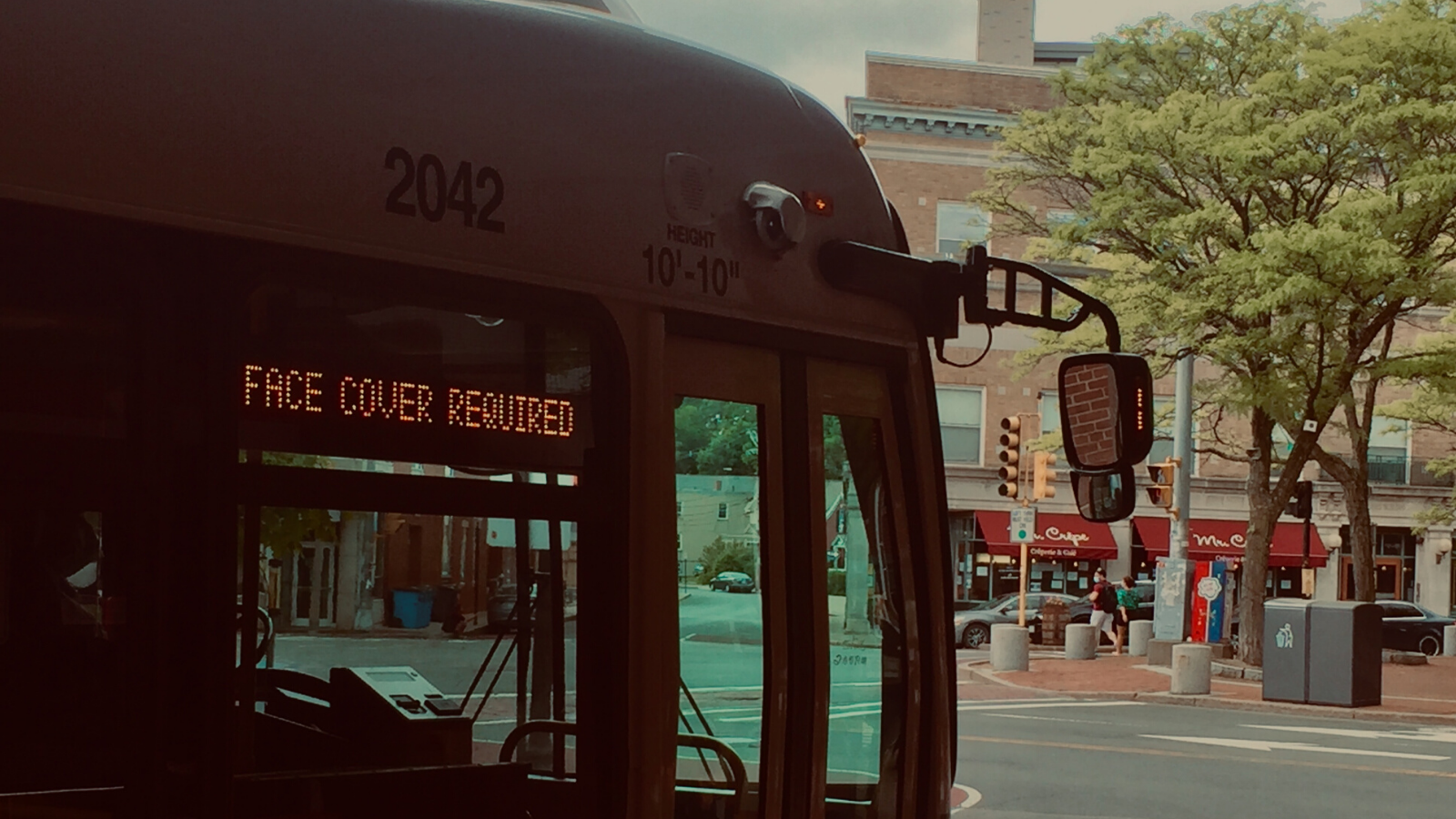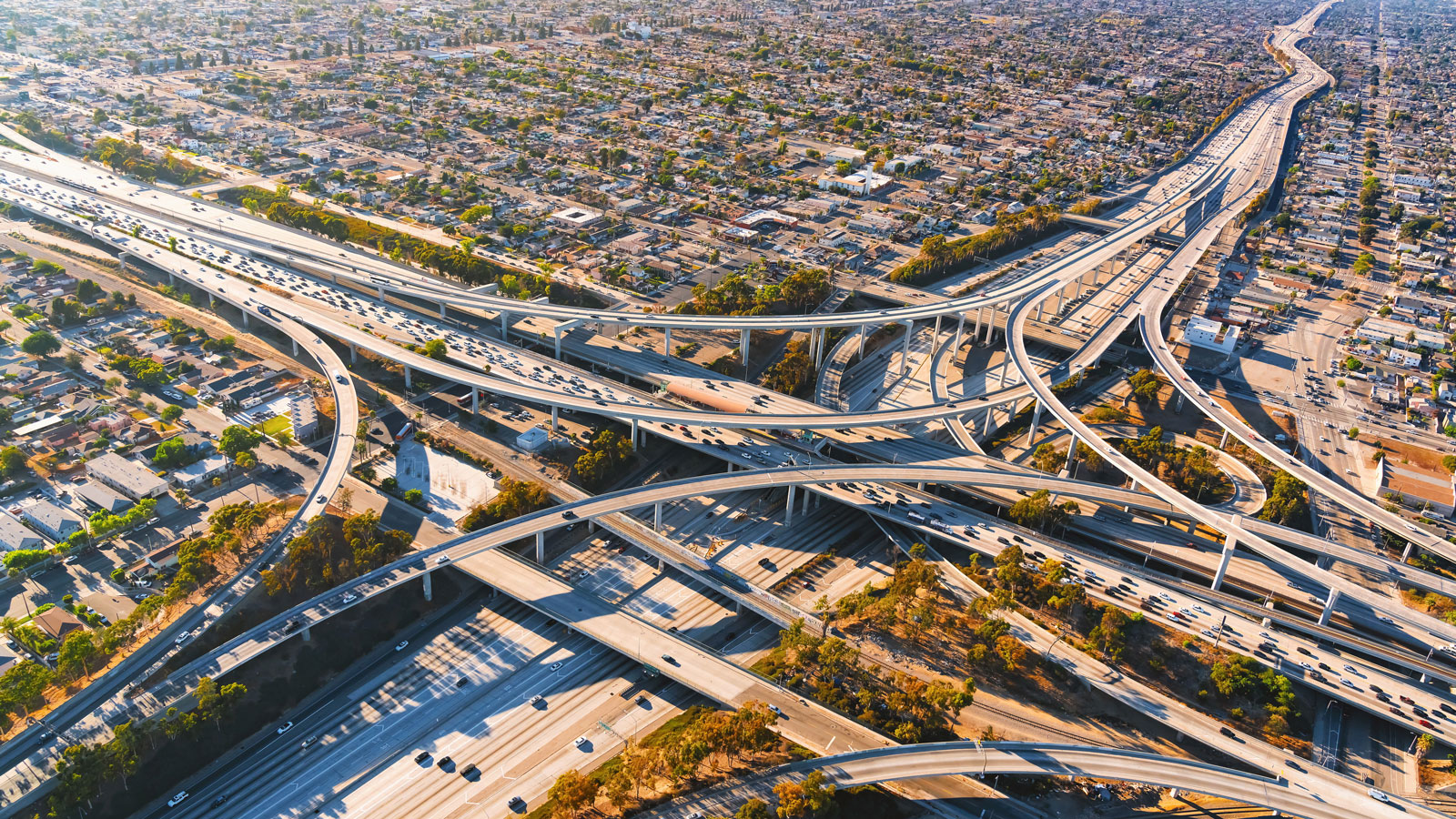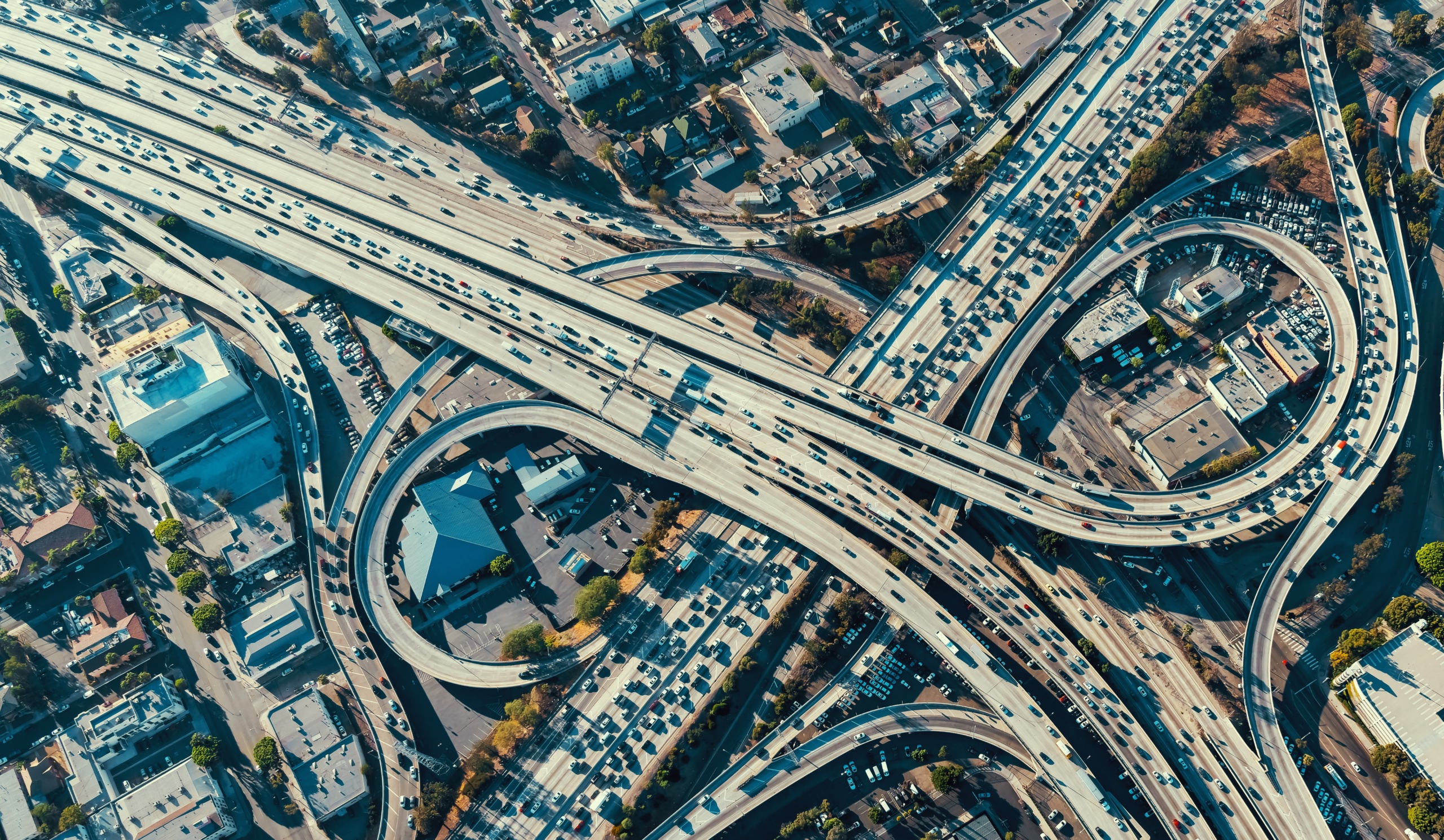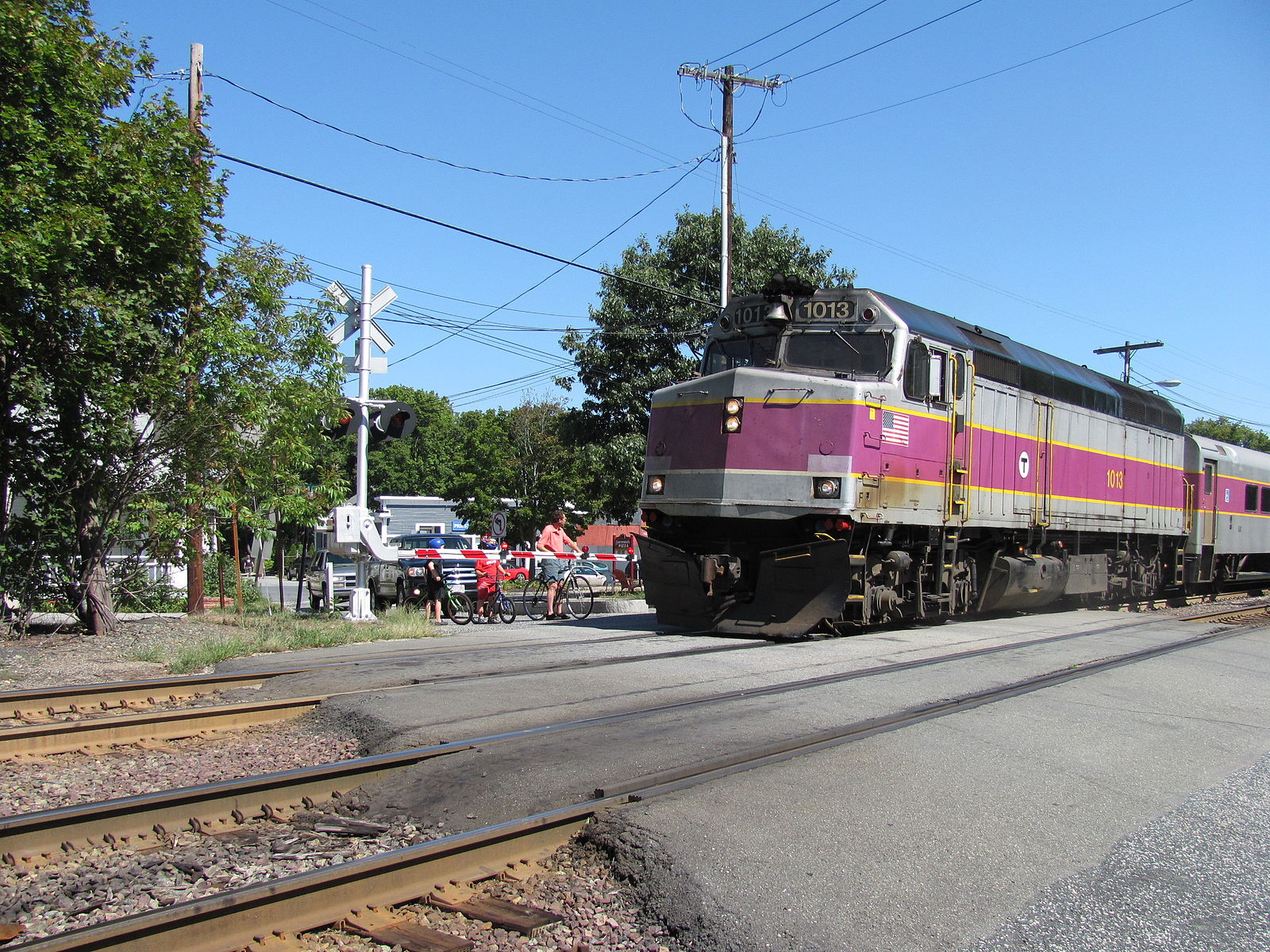City and state transit agencies are stepping up in response to the pandemic
As we begin to reopen, here are ways public transportation providers are keeping riders and workers safe.

With cities and states beginning to open back up, everyone is grappling the “new normal.” Prior to the lockdowns, millions of Americans used public transportation everyday — for getting to work, doctor’s appointments, school, to see friends and family, and more. But as anyone who has been on a crowded bus or train can tell you, public transportation wasn’t exactly designed with social distancing in mind. Still, public transportation is going to continue to play an important role during and after the pandemic. So, how have transit agencies across the nation been protecting riders and operators from the novel coronavirus (COVID-19) up to this point, and as the U.S. opens back up, what will they do moving forward?
Each city is handling the pandemic differently, which means it is important for everyone to inform themselves about how their own local community has responded to the crisis. Nevertheless, there are certain policies that are becoming common among major transit agencies across the world. The following is a brief overview of these policies, which show how those responsible for public transportation — both domestically and internationally — have responded to COVID-19.
What policies have already likely been implemented?
Nearly every transit agency across the country has decreased its total service. They’ve either reduced the number of buses on certain routes, closed stations or suspended entire lines. However, in order to make sure essential commuters haven’t been left in the lurch, some cities, such as Seattle, Boston and Los Angeles, have actually either increased service on essential routes or provided alternative bus service in places where such service is still needed. More trains or buses on highly traveled routes during peak travel times allow people to get where they need to be while avoiding crowding.
The cleaning schedule for public transportation in most U.S. cities has also been significantly adjusted for the pandemic. Many municipalities, including New York City, Washington D.C. and St. Louis, are implementing rigorous daily cleaning schedules, some transit agencies, such as those in Denver, Miami and Cleveland are providing personal protective equipment for transit workers and operators.
Not every city has responded to the crisis the same way. New York City, for instance, began providing free COVID-19 testing for transit workers in mid-April and has started placing protective shields between operators and riders. The New York City Subway has also suspended overnight service for the general public — opening up public transit only to essential workers during this time.
Other cities such as Chicago and Philadelphia have implemented rear-door boarding and have closed certain seats on buses and trains, particularly seats closer to operators. These measures protect drivers and aid in proper physical distancing by limiting bus and train capacity. Other cities such as Denver and Seattle have gone fare free, which further reduces the need for riders to come into contact with drivers. And most U.S. cities require that all riders wear protective masks while using public transit, often in compliance with larger citywide mandates.
Public transportation systems have been vital in carrying essential commuters to their jobs during the pandemic, and we’ve seen how policies that reinforce physical distancing and stay-at-home orders can allow for our buses and trains to remain in operation throughout this crisis.
As people begin to move around more freely, what happens next?
We can get a sense of what’s next based on what transit agencies across the world are doing, particularly those that are further along in the reopening process than we are. There are many approaches to protecting public safety on public transportation systems. For example, Berlin’s S-Bahn system is still maintaining rigorous daily cleaning schedules, requiring masks for riders, and opening its doors automatically, despite having moved past the worst of the virus’ initial hit. And in Paris, riders still need a special government certificate proving that they have a valid reason to be riding public transit.
Effective measures are not limited to the public transportation systems themselves. Cities are also looking to give people more safe options that can increase mobility while helping to avoid overcrowding on transit. Italy’s major metropolis Milan, which was hit hard by the pandemic, has begun to recover. Still, the city is exercising caution when it comes to public transportation — reducing capacity and implementing physical distancing rules. In addition, the city has taken the opportunity to rethink its whole transportation infrastructure, and will be opening up miles of street space for walking and biking. By doing so, the city is hoping to “flatten the peak” of ridership by providing flexible schedules and walking and biking alternatives.
As the U.S. starts to get moving again, public transportation will play an important role in the “new normal.” Just remember to abide by the distancing guidelines set by your city and state in order to protect yourself and others.
Topics
Authors
Ethan Evans
Find Out More

A threat to federal climate investment: Highway boondoggles

Important wins for Texas consumers this legislative session

America needs a “roads review”


